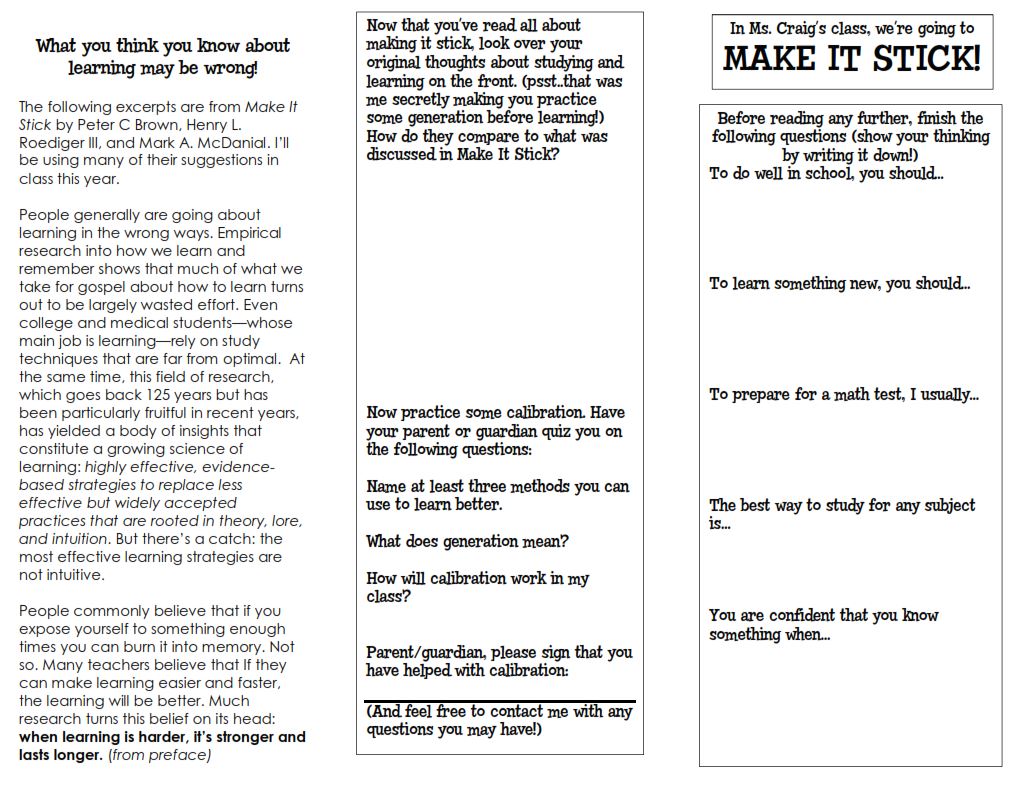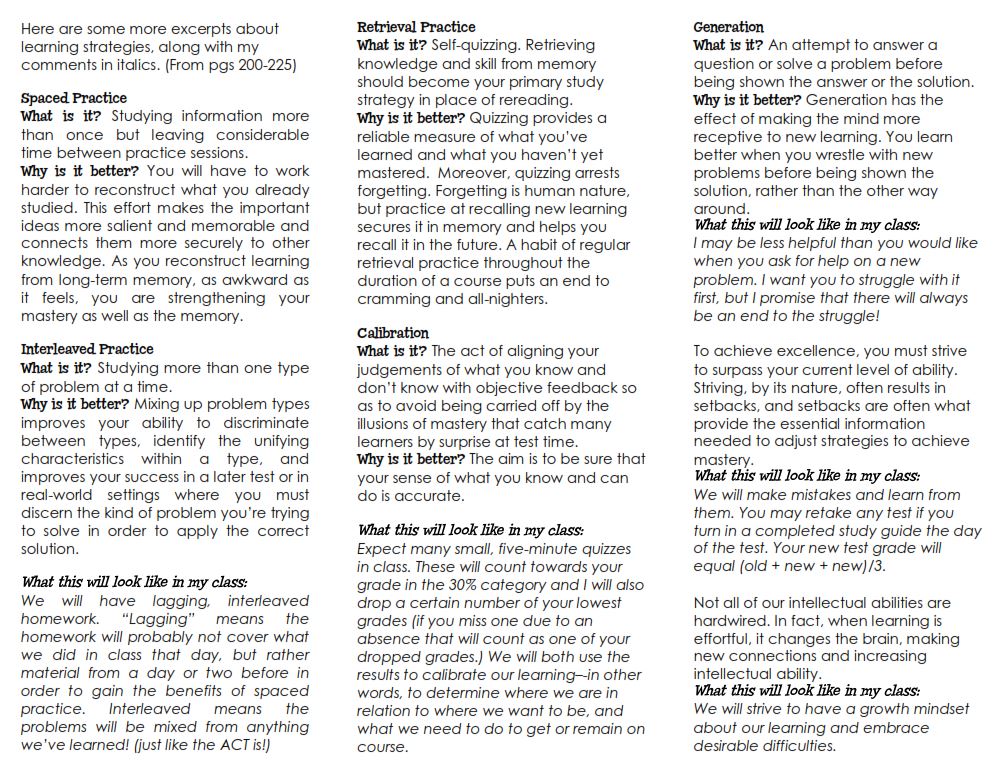I promise a Stars of the Week post will be coming in the next couple of days! Maybe I need to rename it Stars of the Month?!?
This is just a “hello!” post from me.
ACT Prep is still a struggle. I am just going by what I read in a workbook I found and I spend every day literally teaching to the test. It goes against every fiber of my teaching soul. Rumor has it I might be sent to some training soon so that might help.
On the upside, I am much less stressed this school year. So you want to shorten all our classes to 47 minutes? No worries! Oh, all the seniors will be gone Monday afternoon and then all the juniors have a ring meeting the next day? Go for it! 7 pep rallies? I’m interested! Plus all of my weekends have been homework-free! (So I really have no excuse not to have SOTW posts up weekly, except Lego Disney Castles do not build themselves, people.)
Plus there was a trip to Nashville to see The Lumineers, with, yes, FRONT ROW seats! They put on SUCH a great concert!! It’s like they’re actually happy to be there and want to give the crowd a good show. 
(There was SRO in front of us but we were still super close! And there was even a ledge for the seats so I could still see above everyone! Which never happens!!)
Ok, back to work and ACT prep. There was one day that was kind of fun: the first day of talking about writing. The workbook I was using said that the best “hook” to use was a fake quote. Yup, just make something up and attribute it someone famous (or your grandma). We practiced making fake quotes and shared them. Also told them all about how the essay was going to be about something in high school, and you’re to take a black-and-white stance on the issue. Then that afternoon I was working on the next day’s notes and went to look up another thesis example on my favorite ACT website, Prep Scholar, when google returns the following article: “The New Enhanced ACT Writing (2015).”
We had a great lesson in “sometimes your teacher does not know everything” the following day. And yes, guys, you can still use a fake quote (and back it up with fake statistics!).
To fill my day and to feel productive, I spend my prep periods helping the IT teacher and the bookkeeper. The bookkeeper had surgery on her hand the week before school started so I’ve been her right-hand man. Guys, you need to go thank your bookkeeper tomorrow. You have no idea how many steps it takes to get a PO filled and paid. It’s ridiculous.
I’ve also been spending time in my garden, aka my deer feeder. My new favorite nursery is the Lowe’s clearance rack. I mean, if the deer are going to eat it anyway, might as well spend $.25 or $1 on a plant instead of $5, right? We finally installed a second deer barrier (fishing line strung between two PVC poles that we can take down each morning) that seems to be helping. (Yes, I’ve tried two different sprays, dried blood granules, dog hair, dog pee…). Here are some survivors and new plantings:
The black-and-blue salvia and whatever that blue plant is in front of it have been super-deer-resistant. Not bad for $1 each!
But the biggest news of all is that in two weeks, I will be starting my Masters of Education in Library Science! Everything sort of fell into place: if I start now, I am grandfathered in to receive Master’s pay even if it’s not related to what I’m teaching; our district gets a discount on tuition; I have time in my schedule to intern at the school and local library to get my hours. If all goes according to plan and I book it (pun intended), I should be done a year from today!
Does this mean I’m giving up on being a math teacher again? No, it doesn’t. But it certainly expands my options for the future.
Is this just a random choice? No, I’ve actually been talking about doing this for about ten years. While I didn’t start truly loving math until college, books have always been my first love!
What would your dream school library look like? Big comfy chairs. Whiteboard tables. Charging stations everywhere. Student & staff recommendations. But most importantly, I want a library where any kid can find a book that’s about him or her. For me, I’d want Ann Patchett’s This is The Story of a Happy Marriage, which contains the article This Dog’s Life, which was the first time I read that it’s okay to be a woman and want a dog instead of a baby.
Please share a book that you wish you had read in high school (or maybe did read in high school and are glad you did) in the comments section!






 Seriously, one-inch margins and 14 point font? No wonder you need 3 pages for that 10-question worksheet. And of course I’m behind you at the copier.
Seriously, one-inch margins and 14 point font? No wonder you need 3 pages for that 10-question worksheet. And of course I’m behind you at the copier.

 Are you taking the test the day it’s given? Then it will be returned the next day like I do every single time. Are you making up this test 4 months after it was given (true story!)? Then I’ll grade it when I feel like it. And I’m not sure when that will be.
Are you taking the test the day it’s given? Then it will be returned the next day like I do every single time. Are you making up this test 4 months after it was given (true story!)? Then I’ll grade it when I feel like it. And I’m not sure when that will be.




































